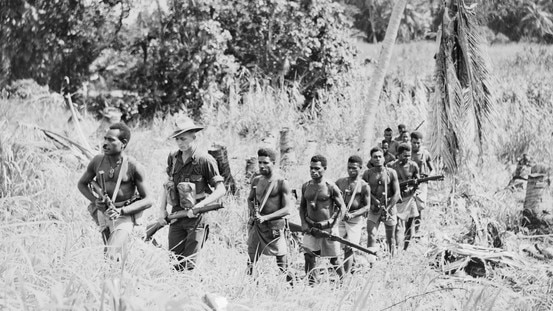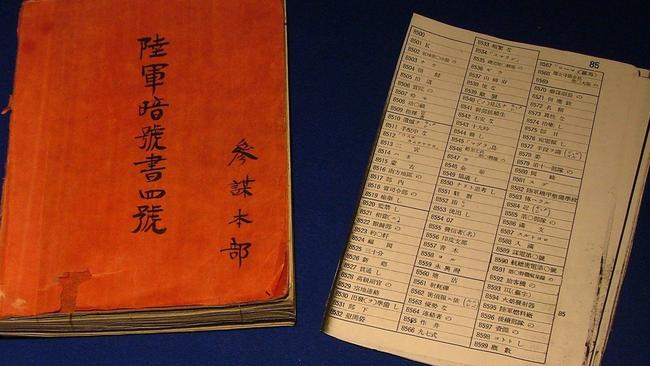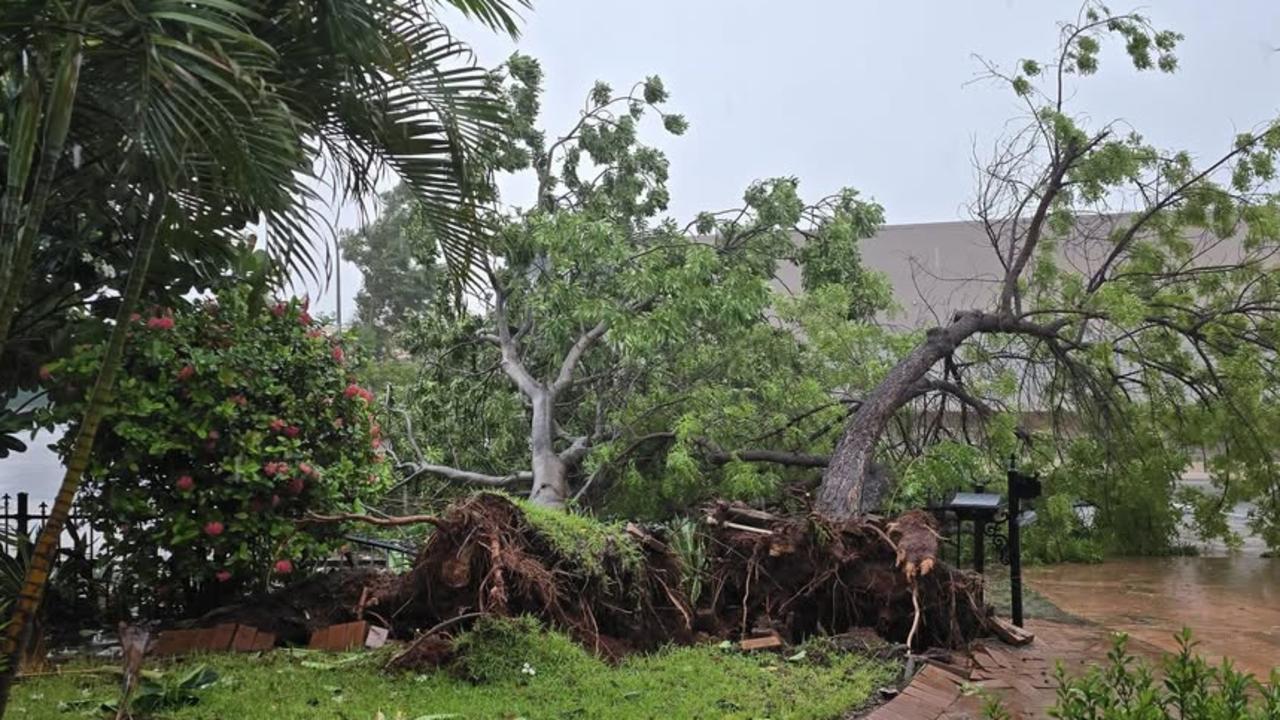Buried trunk revealed Japanese codes which helped win war in PNG
An Australian sapper sweeping for mines in 1944 discovered secret Japanese army codes which gave the Allies an edge and accelerated their victory in PNG.

It was one of the luckiest discoveries of the World War II and one which helped forge Australia’s intelligence alliance with the United States.
In the jungles of Papua New Guinea, in January 1944, an Australian sapper was sweeping for mines after the retreat of Japanese troops when his metal detector found an object buried in a stream bed.
It was a steel trunk which had been buried and left behind by retreating Japanese troops because it was too heavy to take with them during their retreat near Sio, on the Huon Peninsula.
The sapper forced the trunk open to see an astonishing sight – it contained the secret codes for the Japanese 20th Army division, codes which the allies had never properly cracked.
What happened next gave Australian and US cryptanalysts an edge which accelerated their victory over the Japanese in PNG according to a new book The Secret History Of The Five Eyes.

The book to be released next week, and written by award-winning Australian documentary maker, author and former journalist with The Australian Richard Kerbaj, shines a spotlight on this largely forgotten incident which helped forge a partnership between Australian and US spy agencies that continues today as part of the Five Eyes pact.
At the time of the discovery, the US had made solid strides in breaking Japan’s naval codes which helped deliver crucial victories in the battle of the Coral Sea and at Midway.
In PNG, in March 1943, Allied code breakers had also uncovered Tokyo’s plans to reinforce Lae, allowing the Japanese fleet to be ambushed in the Battle of the Bismarck Sea and tilting the war in PNG in favour of the allies.
Also, the Japanese air force in PNG had been severely winged by an attack on Japanese aerodromes at Wewak in August 1943, which was based on the work of Australian-based codebreakers.
But the codes of the Japanese army were far harder to crack – until the discovery of the steel trunk. “In the main, we didn’t have a great deal of success against the tactical (coded Army) material,’ said Major Abraham Sinkov, a US codebreaker who was working alongside Australian and other allied codebreakers at the Central Bureau – the allied code breaking centre in Brisbane.

When the steel trunk arrived at the Central Bureau, its contents were so saturated the code breakers were unable to read them.
“Cryptanalysts used any method they could think of to dry out the pages, including hanging some on clothes lines and placing others in front of electric fans,” the book says.
“The books were water-soaked and practically stuck together,’ Mr Sinkov recalled. ‘We had to separate the pages one by one and … worked out an interesting procedure for swabbing the page with something like alcohol, I guess it was, which would cause the written material on the page to show up briefly but long enough to give us a chance to take a photograph of it and we were able to reconstruct practically all of this material.”
The ability to read the codes suddenly gave the Australians and Americans clear insight into the shortages of food, ammunition, ships and other equipment afflicting the Japanese forces which were already in retreat across PNG.
Mr Sinkov and his team of Australians and Americans in Brisbane photographed each page of the material found in the trunk and sent them to Arlington Hall, the US signals intelligence headquarters in Virginia.
With this information, the allies went from decrypting 1846 Japanese messages in January 1944 to 36,000 messages in March.
Any hope that Japan had of reversing its losses in PNG were over and the foundations for a lasting intelligence partnership between Australia and the US were fast being laid.




